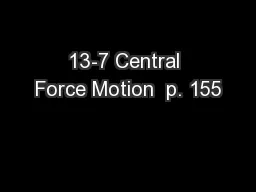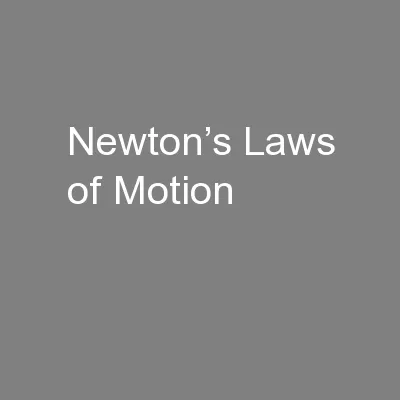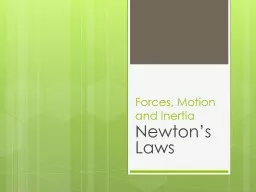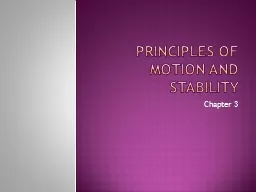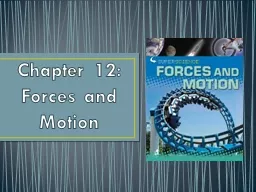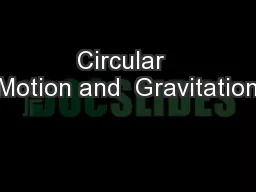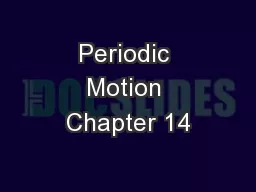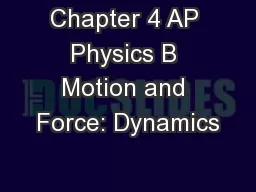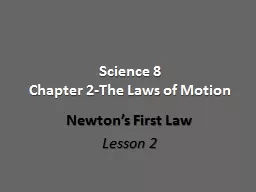PPT-13-7 Central Force Motion p. 155
Author : jane-oiler | Published Date : 2017-05-07
fig03022 Nicolaus Copernicus Copernicus Universe Contrast Copernicus with the Aristotelian Cosmos GALILEO Galileo Galilei 1564 1642 Galileos most original contributions
Presentation Embed Code
Download Presentation
Download Presentation The PPT/PDF document "13-7 Central Force Motion p. 155" is the property of its rightful owner. Permission is granted to download and print the materials on this website for personal, non-commercial use only, and to display it on your personal computer provided you do not modify the materials and that you retain all copyright notices contained in the materials. By downloading content from our website, you accept the terms of this agreement.
13-7 Central Force Motion p. 155: Transcript
Download Rules Of Document
"13-7 Central Force Motion p. 155"The content belongs to its owner. You may download and print it for personal use, without modification, and keep all copyright notices. By downloading, you agree to these terms.
Related Documents

